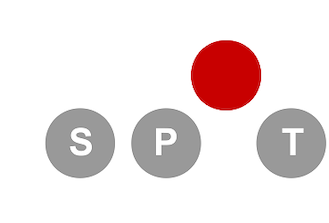Abstract
The rubber materials of tires contain nano-scale fillers e.g. carbon black and silica for the improvement of tire performances e.g. rolling resistance, wear and so on. The mechanical properties of filled rubber depend on the morphology i.e. topology of microstructure. It is said that uniformly dispersed fillers are good for reduction of loss tangent, however, guideline of material design to improve loss tangent, modulus and strength at the same time is not clear. Therefore, we conduct the research to find design guideline for filled rubbers based on materials informatics. In this presentation, the application focusing on morphology of filled rubbers is demonstrated. In our research the following methods are used; the multi-scale random model based on Poisson point process, FFT-based scheme for the large-scale numerical simulation to compute objective functions, evolutional computation, self-organizing map and machine learning. The design variables e.g. Poisson point intensity, radius and volume fraction change the morphology of representative volume element (RVE). The objective functions are loss tangent, modulus and stress of RVE. NSGA-II is used to prepare data set including approximate Pareto solution for machine learning. After clustering by self-organizing map, machine learning generates a classification rules using the data set labeled with cluster number. The following design guidelines were found from the classification rules; the filler radius should be small, the boundary layer between filler and polymer should be thin. Currently, we are developing new rubber materials based on the obtained guidelines.
Biography

MASATAKA KOISHI is associate corporate officer and head of Koishi Laboratory at the Yokohama Rubber Co.,Ltd. In 1998, he received his PhD from Yokohama National University on the study of homogenization method with consideration of uncertainties in multi-scale and viscoelasticity for rubber-like materials. His research interests are in computational mechanics and machine learning for the design of rubber materials and tires. He was awarded Innovation Award in Reifen2014 and Computational Mechanics Award from Japan Society of Mechanical Engineers (JSME). He is Fellow of JSME and was chairman of Computational Mechanics Division in JSME. He is also chairman of Kanto CAE Konwakai.

NAOYA KOWATARI is a computer scientist at Yokohama Rubber Co., Ltd. He received his M.E. in Electrical and Electronic Engineering from Shinshu University in 2011. He studied Multiobjective Optimization Algorithms. He applies computer science and data science to tire design optimization problem concerning material and structure. Recently his main research interest is machine-learning with big data that is not yet used efficiently in his company.
